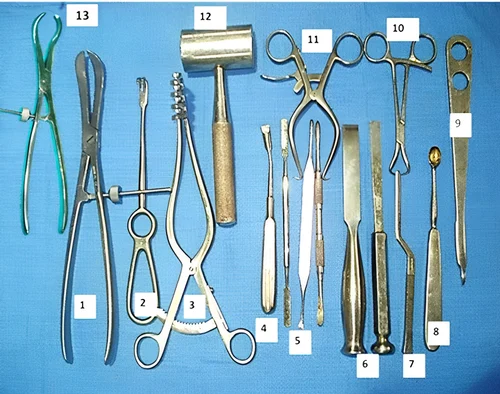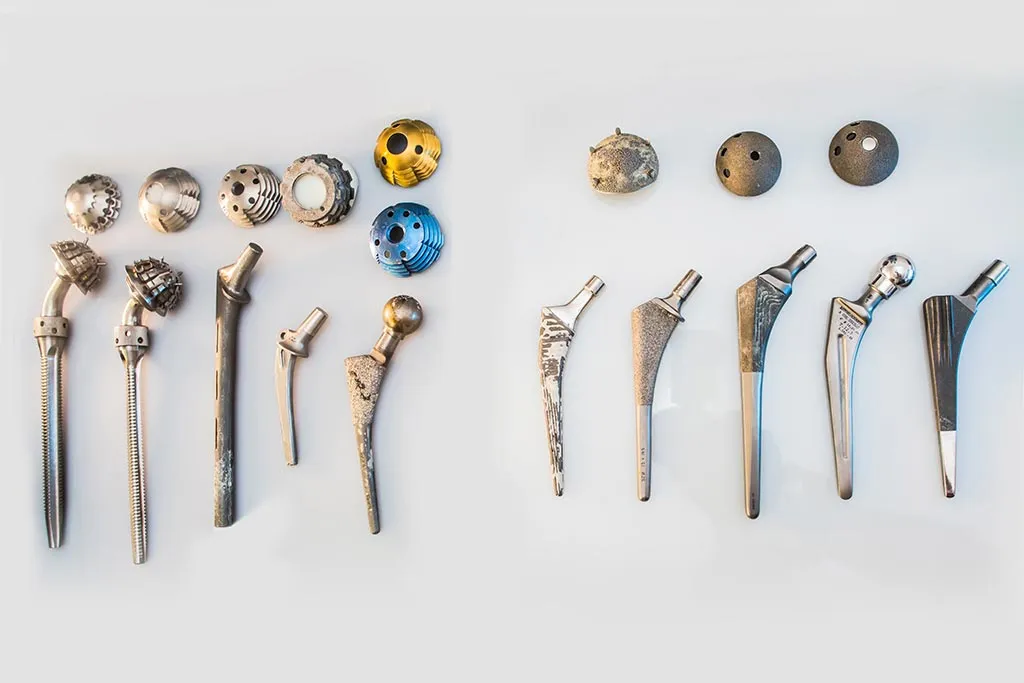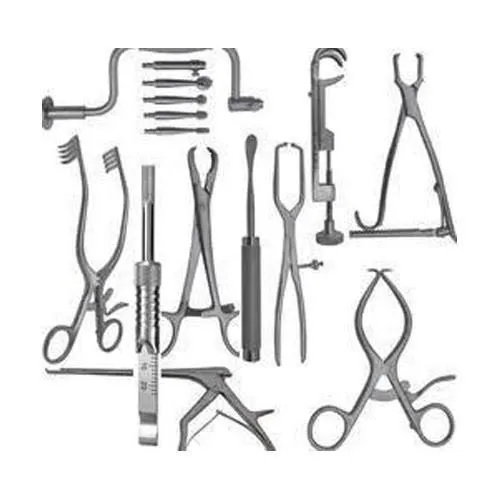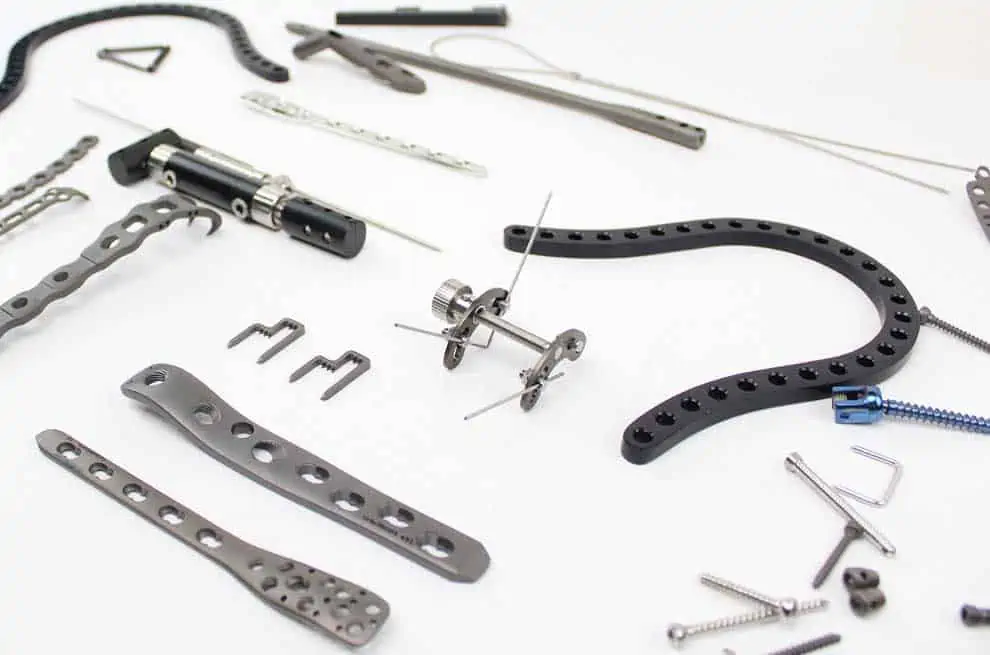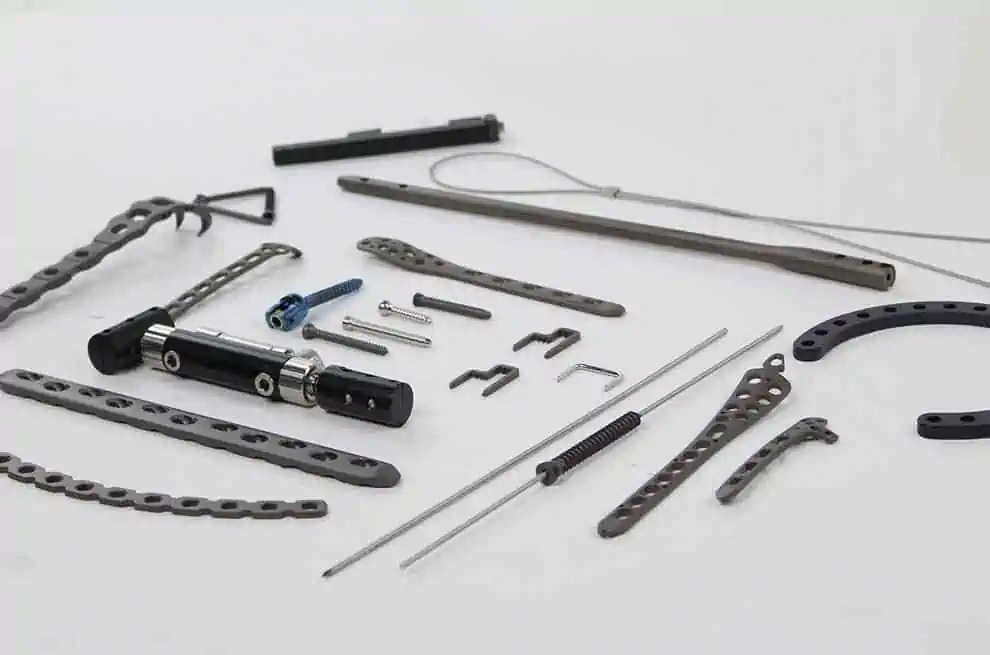Description
Orthopedic implants and tools play a crucial role in modern medicine, particularly in the field of orthopedic surgery. These devices are designed to support and enhance the body’s skeletal system, facilitating the healing process following injuries or degenerative conditions. Common types of orthopedic implants include screws, plates, rods, and artificial joints, each specifically engineered to address various types of fractures, deformities, or joint replacements. The materials used in these implants, often titanium or stainless steel, are chosen for their biocompatibility, strength, and lightweight properties, allowing for effective integration into the body without triggering adverse reactions.
In addition to implants, orthopedic tools are essential for the successful execution of surgical procedures. Instruments such as drills, saws, and reamers are used to prepare bone surfaces, while retractors and clamps assist surgeons in maintaining visibility and access during complex operations. The development of specialized tools, including minimally invasive instruments, has significantly improved surgical outcomes by reducing recovery times and minimizing tissue damage. Moreover, advancements in technology, such as robotics and 3D printing, have led to the creation of personalized implants tailored to the unique anatomical needs of individual patients, enhancing both the functionality and longevity of orthopedic repairs.
As the demand for orthopedic interventions continues to rise due to an aging population and increasing physical activity levels, ongoing research and innovation in the field are vital. Efforts are focused on improving implant designs, enhancing the durability of materials, and integrating smart technology that allows for real-time monitoring of implant performance. Ultimately, the continued advancement of orthopedic implants and tools not only aims to improve surgical efficiency but also enhances the quality of life for patients, allowing them to regain mobility and return to their daily activities with confidence.
